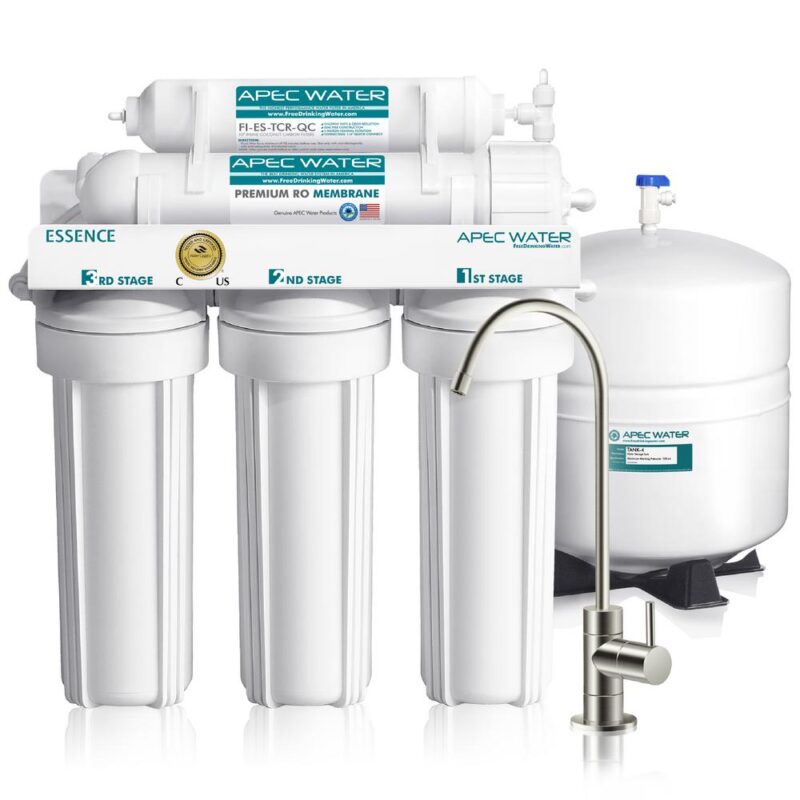You would assume that the water coming out of your home facets is safe and healthy, wouldn’t you? Well, the people in Flint, Michigan thought so too. We all know how that turned out. Flint, Michigan is not the only town in the United States that has dangerous chemicals in its public water. Just go on Google and ask about American cities with dangerous chemicals in their water. What an eye-opener.
Is Your Water Safe?
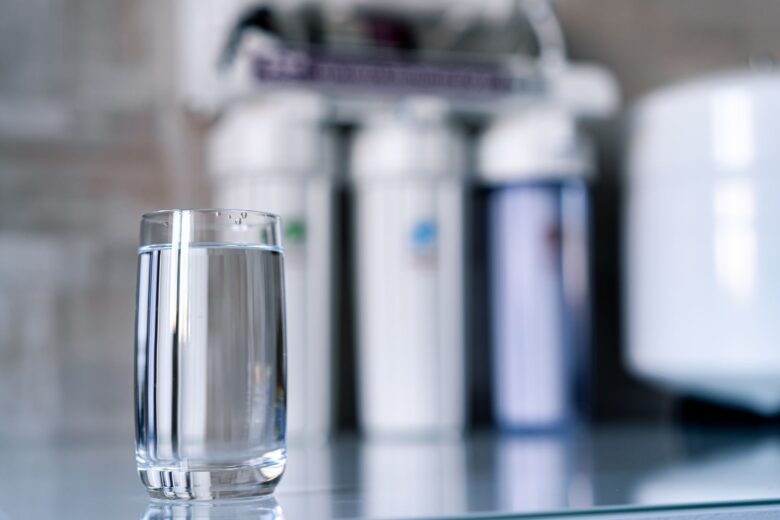
The only way to make sure your tap water is safe is to have it tested. Then, once the water is tested, take steps to filter out the bad and keep the good water. Contacting www.Aquariuswaterconditioning.com is a good start in getting better water in your home. A water conditioning company will be a good source of advice about what water tests to use and the best equipment to ensure safe water for your home no matter where it is located.
To make sure you are drinking safe water, take these three steps. Have the water tested, invest in a good water filtration system, and finally contact the EPA and ask about your city’s water, and if there is a problem with your water, report it.
Some Cities with Dangerous Drinking Water
Some cities have admitted to having dangerous levels of things such as lead, arsenic, nitrates, or other pollutants in their water supplies. Others are not testing or monitoring their water well enough to even know if the water is contaminated. Between 1982 and 2015 somewhere around 9 million to 45 million people in America got their water from a source that did not meet the minimum standards of the Environmental Protection Agency or EPA. The top cities with polluted drinking water are:

- Brady, Texas with too high radium levels. In fact, Texas has the most water violations in its cities’ water in the United States. Houston, Texas has the third-worst drinking water in America with at least 18 contaminants that exceed federal limits. Midland, Texas has 13 reported contaminants and the second-worst water in the United States.
- Newburgh, NY has a state of emergency because its water has been badly contaminated with perfluorooctane sulfonate from the nearby Stewart Air National Guard Base. This pollutant can cause cancer or serious kidney disease. The base has been ordered to clean up this dangerous mess.
- Flint, Michigan, and the state government made a serious mistake which caused the led pipes used in the city’s water system to be compromised, pouring lead into home water supplies causing serious health issues to the population. The problem will not be solved until every lead pipe has been replaced.
- Charleston, WV had a huge industrial chemical spill in 2014 that contaminated their water supply. As late as 2017, there were still contaminants in the city water supply.
- Puerto Rico drinking water violates federal standards because of massive damage from Hurricane Maria and other natural disasters wreaking havoc on the island’s infrastructure.
- Dos Palos, CA has its groundwater poisoned by excessive groundwater pumping. The contaminants are arsenic and trihalomethanes, chemicals that can cause kidney problems and cancer. They have been forced to switch to bottled water. California has a statewide water sanitation problem to be aware of. Fresno, CA has as many as 19 contaminants in its water. Modesto, CA has bad levels of at least 13 contaminants in its water.
- Newark, NJ also has lead-contaminated drinking water at crisis levels. Because of this, thousands of water filters have been handed out to residents. This was serious as recently as 2018. The city is working to replace all of its lead water service lines.
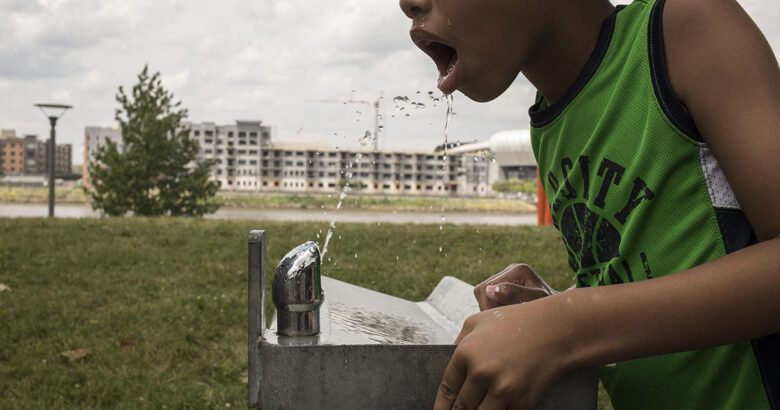
Source: nrdc.org - Pittsburgh, PA has lead and chlorine in their water. There is also a parasite called giardia that causes diarrhea, cramps, and nausea. They had a boil water order in 2017.
- Sebring, OH has high levels of lead, iron, sulfate, and other mineral compounds in their water from area mining operations. These chemicals were discovered in 2016 and no information is available on how successful the town has been in cleaning up its water.
- Milwaukee, WI is another town with dangerous levels of lead in their water. It has affected resident’s health. In 2018 environmentalists called for the mayor to resign over the water problem.
- Omaha, Nebraska has drinking water polluted by arsenic and 18 other contaminants. The levels do not exceed federal limits but are still a worry. The EPA has given the city a $69.7 million loan to build a better retention treatment basin to treat waste-water and to keep these contaminants out of the water supply.
- Reno and Las Vegas, Nevada each have been found to have 11 to 23 contaminants in their city water. They have earned the reputation of having part of the worst water in the country.
- Jacksonville, Florida, and several other communities in Florida have poor water quality because of agricultural pesticides and fertilizers in nearby farming operations. There are at least 12 contaminants exceeding federal guidelines.
There are other towns and cities across the country that have dangerous contaminants in their drinking water that may be just below the EPA limits. And other towns and cities do not even test adequately for water contamination in their city water systems. Everyone should test their drinking water coming out of faucets at least one time per year. If the water tests as safe, there is nothing to worry about. But, if the tests show a problem, call a water filtering system company for help.
Choosing and Installing the Correct Water Filter System
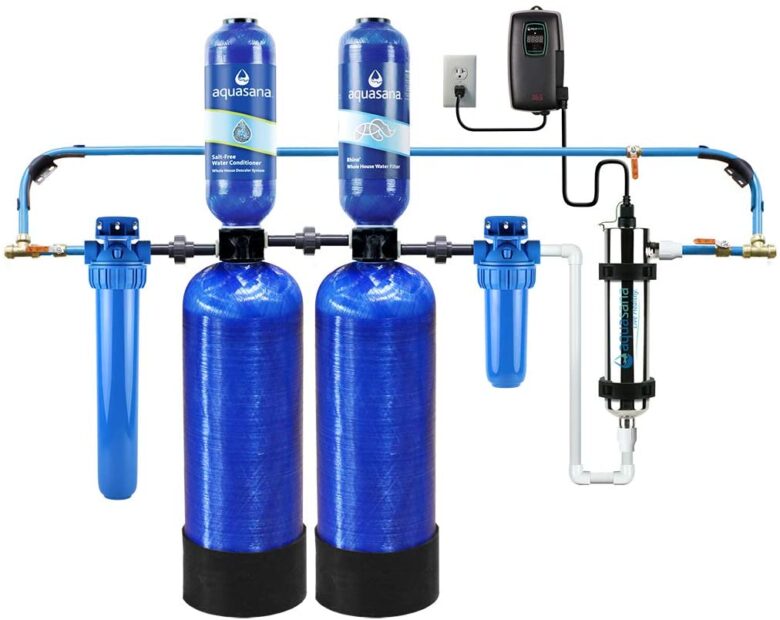
When a homeowner decides to make their water safer with a water filtration system, they need to choose the right system for their home. There are multiple types of filters available with different costs and different capabilities. No water filter system eliminates all contaminants, so it is important to have the home’s water tested to see what needs to be removed. Then purchase the water filter system that will remove those contaminants.
To learn what contaminants a water filter will remove, look at the label on the filter packaging or ask for this information from the water filter supplier. Verify all claims from manufacturers with a second source. When shopping for a water filter in a store, do not rely entirely on salespeople to guide you. They may not be as knowledgeable as you think. Read the labels and fine print on the product yourself. Many brands carry different types of filters. Why not go online to their company site to get good descriptions of all their products before purchasing one.
Do not assume that a water filter will remove all contaminants because it removes some. The type of filter mechanism determines which contaminants it will remove. One type of filter may be good at removing chemicals but not germs. The system that removes germs, may not remove chemicals.
Review the different types of systems available and their good and bad points. Then decide which system will work best in your home.
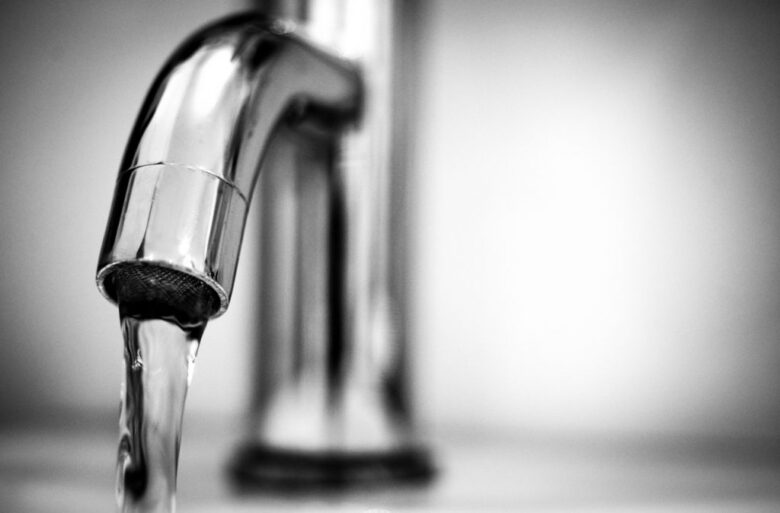
- Water filter pitchers are filled from the top with water going through a built-in filter to the storage part of the pitcher. Then, filtered water is poured out a spout. These pitchers are inexpensive and require no installation, but they have filters that must be replaced regularly and filter small amounts of water slowly.
- Refrigerator filters come with some refrigerators that have water dispensers in their doors. They improve water taste and safety but the filters must be replaced often.
- Faucet-mounted filters are attached to a standard faucet and can be turned on or off depending on whether filtered water is needed. They are moderately priced. They do not work on all faucets and can slow water flow.
- Faucet-integrated filters are built-in. These filters are faucets with built-in filters and require installation. They can be expensive. They also allow a person to switch from filtered to unfiltered water.
- On the counter filters require installation. They are an integrated filtration system that works with the faucet. They can be expensive. This is another filtration system that can switch from filtered water to unfiltered water.
- Under the sink filtration systems are installed under the sink where they are invisible and send water through a pipe to a specially installed faucet. They will filter larger amounts of water quickly and do not take up counter space, but they are expensive and require installation. They might need modifications to the home’s plumbing.
- Whole-house water filter treatment systems treat all the water entering a house, not only drinking water. This is a complete home water filtration system that is good for hard water or volatile organic compounds. It is also good for homes in areas where the water is questionable even for bathing. These are the most complete and therefore the most expensive water filtration systems. They need professional installation and may call for plumbing modifications and professional maintenance.
In addition, there are different technologies used in the different types of water filtering devices and systems. They include activated carbon filters, ion exchange units, reverse osmosis units, and distillation units. Each one of these has a limited number of chemicals or organic pollutants they remove. Some systems have a combination of technologies to remove a greater number of pollutants from home’s water.

